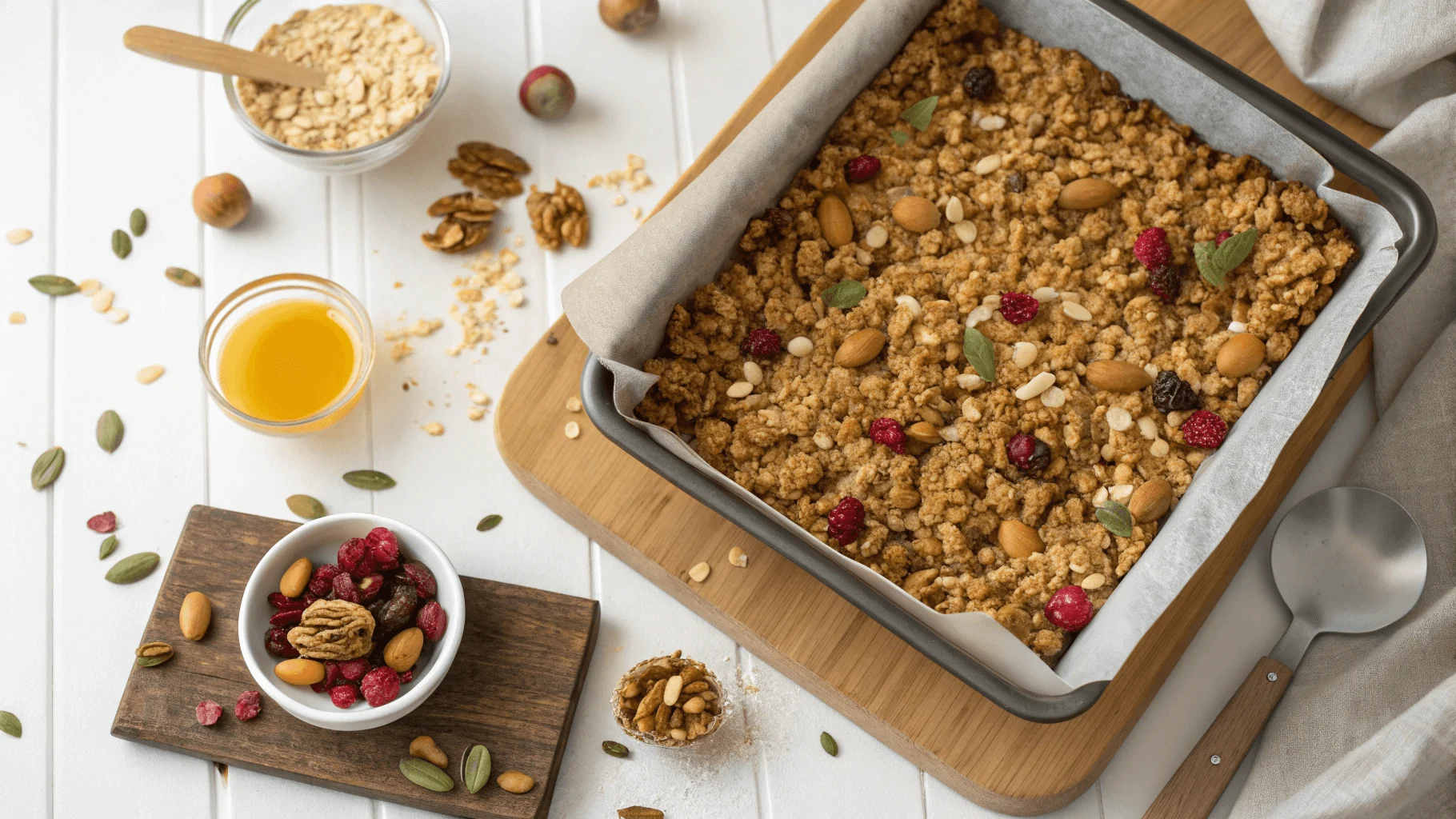Sausage balls are a popular and delicious snack made from sausage, cheese, and a binding ingredient like Bisquick. They are perfect for parties, casual gatherings, or as a quick snack for breakfast or brunch. However, like many prepared foods, reheat sausage balls without using Bisquick can sometimes be a challenge. The key to reheating them successfully lies in maintaining their original texture, flavor, and moisture.
In this article, we will provide you with various methods on how to reheat sausage balls without Bisquick, ensuring that they taste just as fresh and flavorful as when they were first made. Whether you have leftovers from a party or made a batch ahead of time, our tips and techniques will help you enjoy perfectly reheated sausage balls every time.
Understanding Sausage Balls
Sausage balls typically use ground sausage, cheese, and a flour-based ingredient like Bisquick to hold everything together. The texture remains soft yet firm, offering a savory, hearty flavor. You can experiment with variations of sausage balls by learning how to make sausage balls without Bisquick, which can open up gluten-free and low-carb options.
Benefits of Reheating Sausage Balls Correctly
When reheating sausage balls, it’s essential to do so without compromising their flavor or texture. Proper reheating ensures they don’t become dry or tough, maintaining the balance of flavors from the sausage, cheese, and other ingredients. Avoid common pitfalls by following these methods to prevent dry sausage balls while reheating.
Maintaining Proper Temperature When Reheating
Maintaining the right temperature when reheating sausage balls is key to preventing them from drying out or becoming rubbery. Heating them at a consistent, moderate temperature allows the flavors to develop fully without overcooking the exterior or undercooking the inside.
Why Reheat Sausage Balls?
There are several reasons why you may find yourself reheating sausage balls. Whether you’ve prepared them ahead of time for a busy day or have leftover sausage balls from a gathering, reheating them ensures that you don’t waste food. Proper reheating also restores the original taste and texture, making them just as enjoyable the second time around.
Benefits of Reheating Sausage Balls Correctly
Reheating sausage balls correctly enhances their flavor and prevents them from becoming dry. Unlike other reheated foods, sausage balls should maintain a balance between crispness on the outside and softness on the inside. When you reheat them properly, they taste fresh, just like when you first made them, ensuring your guests or family fully enjoy them.
Traditional Method for Reheating Sausage Balls
Sausage ball recipes typically include Bisquick as a binding agent. However, when reheating, it is often unnecessary to rely on Bisquick again. The goal is to preserve the texture and flavor of the original recipe without needing to reintroduce additional ingredients like Bisquick.
Why You Might Not Want to Use Bisquick
Bisquick is commonly used in sausage balls to help them hold together. However, when reheating, adding more Bisquick could result in a doughy, overly thick consistency that detracts from the overall flavor and texture. Therefore, reheating sausage balls without Bisquick is often the preferred method to retain their original taste and quality.
Reheating Sausage Balls Without Bisquick: Alternative Methods
When it comes to reheating sausage balls without Bisquick, there are a few methods you can use. Below are the most popular techniques for getting your sausage balls hot and fresh once again.
Reheating in the Oven
The oven is one of the best ways to reheat sausage balls without Bisquick. It evenly distributes heat, ensuring that the sausage balls are reheated thoroughly without becoming soggy or dry.
Pros and Cons of Reheating in the Oven
Pros:
- Even heating ensures that all sausage balls are uniformly reheated.
- It helps preserve the texture and moisture of the sausage balls.
- Ideal for large batches of sausage balls.
Cons:
- Takes longer than microwave or skillet methods.
- Requires preheating, which adds extra time.
Reheating in the Microwave
The microwave is the fastest way to reheat sausage balls without Bisquick, but it requires careful attention to avoid overcooking.
Benefits and Challenges of Using the Microwave
Benefits:
- Quick and convenient.
- Ideal for reheating small quantities of sausage balls.
Challenges:
- Can cause sausage balls to become rubbery if overheated.
- Uneven heating may occur, leading to some balls being hotter than others.
Reheating in a Skillet or Pan
Another excellent method for reheating sausage balls without Bisquick is using a skillet or pan. This method is especially effective for achieving a crispy exterior while retaining moisture inside.
Step-by-Step Guide to Using a Skillet for Reheating
- Heat a skillet over medium heat.
- Add a small amount of oil or butter to prevent sticking.
- Place the sausage balls in the skillet, ensuring they’re spaced apart for even heating.
- Cover the skillet with a lid to lock in moisture.
- Turn the sausage balls occasionally, reheating for about 5-7 minutes or until they are heated through.
Tips for Ensuring Even Heating of Sausage Balls
To ensure your sausage balls reheat evenly, it’s essential to use the right techniques. This will help preserve their texture, flavor, and moisture. Here are a few helpful tips to ensure that your sausage balls heat uniformly:
- Preheat Your Equipment: Always preheat your oven, skillet, or microwave before reheating sausage balls. This ensures that the balls are exposed to consistent heat from the start, preventing uneven heating.
- Use Covering Techniques: When reheating in the oven or skillet, covering your sausage balls with foil or a lid can help maintain moisture and ensure even heat distribution. This prevents them from drying out while reheating.
- Space the Balls Evenly: Whether you’re using the oven or a skillet, make sure the sausage balls are spaced apart. Overcrowding can cause them to heat unevenly, leading to some being overcooked and others undercooked.
- Stir or Rotate Occasionally: If you’re reheating in a skillet or oven, turn the sausage balls occasionally to ensure all sides heat evenly. This also helps prevent any part of the sausage ball from becoming too dry or overcooked.
- Use a Thermometer: If you’re concerned about whether the sausage balls have reached a safe temperature, use a food thermometer. Sausage balls should be reheated to at least 165°F (74°C) to ensure they’re thoroughly warmed through.
By following these tips, you can reheat your sausage balls evenly, retaining their moisture and delicious flavor.
How to Preserve the Freshness and Flavor of Sausage Balls After Reheating
Reheating sausage balls can sometimes lead to a loss of freshness and flavor. To prevent this, you can take some steps to maintain the taste and texture of your sausage balls after reheating. For more tips, explore best substitutes for Bisquick that can be used when crafting your sausage balls.
Using Sauces or Dips to Enhance the Flavor Post-Reheat
If your reheated sausage balls need a little extra flavor, consider serving them with a complementary sauce or dip. These can help enhance the overall experience and restore any lost moisture or flavor. Common choices include ranch dressing, honey mustard, or even a tangy barbecue sauce.
Troubleshooting: What to Do if Sausage Balls Are Too Dry or Overcooked After Reheating
Sometimes, reheated sausage balls can end up dry or overcooked, but this doesn’t mean they’re ruined. There are several ways to fix this issue and bring the flavor back to life.
Adding Moisture: Broth, Butter, or Oil
To reintroduce moisture to dry sausage balls, try adding a small amount of broth, butter, or oil. This will not only bring back moisture but also enhance the flavor, ensuring the sausage balls are tender and flavorful once more.
Storing Sausage Balls Properly for Reheating
Proper storage is key when planning to reheat sausage balls. Whether you plan to store leftovers for a few days or freeze them for longer, correct storage methods will ensure the sausage balls remain fresh.
Storing Leftover Sausage Balls in the Fridge
Store leftover sausage balls in an airtight container in the fridge for up to 3-4 days. Be sure to let them cool to room temperature before refrigerating to avoid excess moisture buildup.
Freezing Sausage Balls for Longer-Term Storage
If you wish to keep sausage balls for a longer period, freezing is the best option. To freeze, place the sausage balls in a single layer on a baking sheet, freeze for a few hours, and then transfer them to a freezer bag for long-term storage. They can be stored for up to 3 months in the freezer.
Alternative Sausage Ball Variations to Try Without Bisquick
If you’re looking for a twist on the classic sausage ball recipe without using Bisquick, consider trying one of these variations.
Using Almond Flour or Coconut Flour as an Alternative
For a gluten-free or low-carb version, try replacing Bisquick with almond flour or coconut flour. These flour alternatives still provide the necessary binding but without the gluten or carbohydrates found in traditional Bisquick.
Adding Vegetables or Different Meats to the Sausage Balls
You can add vegetables such as spinach, peppers, or onions to the sausage mixture for extra flavor and nutrition. You can also substitute the sausage with ground turkey, chicken, or even beef to create a unique variation of sausage balls.
How to Reheat Sausage Balls Without Bisquick in a Slow Cooker or Instant Pot
Using a slow cooker or Instant Pot is an excellent method for reheating sausage balls without Bisquick, especially when you have a large batch.
Pros of Using a Slow Cooker or Instant Pot
- Keeps sausage balls moist and tender.
- Requires minimal effort and supervision.
- Ideal for reheating large quantities.
Step-by-Step Guide to Reheating in a Slow Cooker
- Place the sausage balls in the slow cooker.
- Add a small amount of broth or water to maintain moisture.
- Set the slow cooker to low heat and cover with a lid.
- Heat for 1-2 hours, checking periodically to ensure the sausage balls don’t overcook.
FAQs
Q1: Can I reheat sausage balls without drying them out?
Yes, you can prevent sausage balls from drying out by reheating them using methods that retain moisture, such as the oven with foil, a slow cooker, or a skillet with a lid. It’s important to monitor the temperature and avoid overcooking to maintain their softness.
Q2: Can I freeze sausage balls?
Yes, sausage balls can be frozen for up to 3 months. To freeze them, place them in a single layer on a baking sheet, freeze for a few hours, and then transfer them to a freezer-safe container or bag. To reheat, you can either bake or microwave them straight from the freezer.
Q3: Is it necessary to add Bisquick when reheating sausage balls?
No, it’s not necessary to add Bisquick when reheating sausage balls. The original recipe uses Bisquick as a binder, but when reheating, the focus should be on ensuring the sausage balls are heated evenly and retain their moisture without adding more Bisquick.
Q4: How can I prevent sausage balls from becoming soggy when reheating?
To prevent sogginess, avoid microwaving sausage balls for too long, and consider reheating them in a dry skillet or oven. Using foil in the oven helps retain moisture without making them too wet, and covering them in a skillet locks in moisture without causing sogginess.
Q5: What should I do if my reheated sausage balls are too dry?
If your sausage balls are too dry after reheating, you can add moisture by drizzling them with a small amount of broth, butter, or oil. This will help reintroduce moisture and improve their texture.
Conclusion
Reheating sausage balls without Bisquick is simple when you know the right techniques. By using methods like the oven, microwave, skillet, or slow cooker, you can ensure that your sausage balls retain their original flavor, texture, and moisture. Each reheating method offers its own set of benefits, and with a few helpful tips, you can avoid common pitfalls like dryness or uneven heating.
Whether you prefer to reheat them quickly in the microwave or take your time in the oven, the key is to maintain the proper temperature and moisture levels. With these methods, your sausage balls will be just as delicious the second time around. Additionally, experimenting with alternatives to Bisquick, like almond flour or coconut flour, or adding different meats and vegetables, can offer exciting new twists on the classic sausage ball recipe.






3 thoughts on “The Ultimate Guide To Reheating Sausage Balls Without Bisquick”